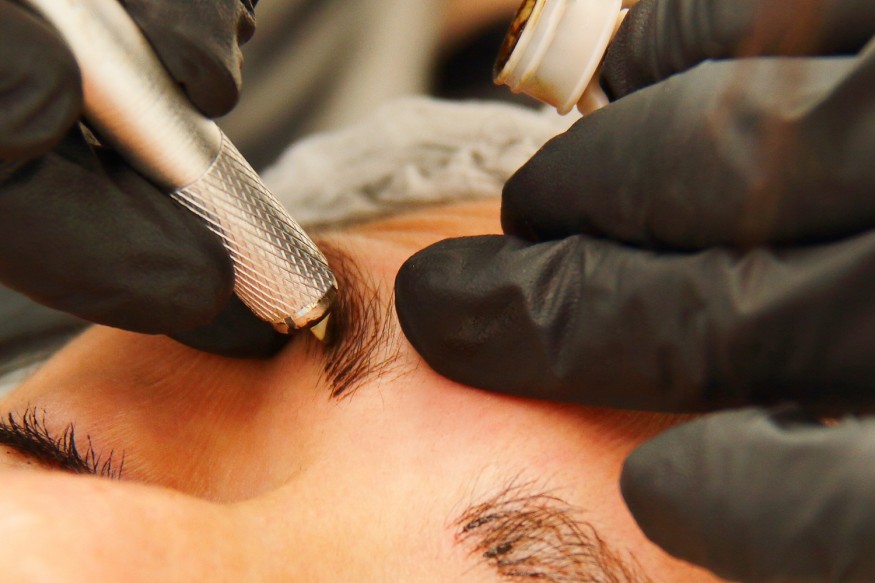
Being high maintenance monthly or yearly to be low maintenance every day has become a popular trend in today's fast-paced world, prompting many individuals to seek long-lasting beauty solutions. One of the treatments that fit into this category is microblading.
Microblading is a convenient option for those looking to save time and effort on daily brow routines. It offers a solution for achieving perfect brows, but it comes with some health risks and a crucial healing process.
Aspiring individuals should carefully weigh the benefits and potential drawbacks, considering factors such as health, skin type, and personal preferences, before getting the treatment.
This comprehensive understanding ensures informed decision-making and promotes the safe and effective use of microblading for enhancing one's natural beauty.
What is microblading, and how does it work?
Microblading is a semi-permanent tattooing technique designed to enhance eyebrows, creating an illusion of fuller and more defined brows. This is especially popular among people who have sparse eyebrows.
According to Trillium Creek Dermatology, this procedure involves a special tool with multiple needles connected to a handle. During the session, a technician makes tiny cuts in the skin and inserts pigment into these cuts, mimicking the appearance of individual eyebrow hairs. The color of the pigment is customizable and usually lasts about a year.
Risks associated with microblading
According to the British Columbia Ministry of Health, microblading is an invasive process just like other forms of tattooing, which involves breaking the skin. Therefore, it is essential to be aware of potential risks associated with the procedure.
If there is use of non-sterile equipment, this poses a risk of transmitting viruses, bacteria, and infectious diseases, including HIV, hepatitis B and C, and other skin infections. Allergic reactions to inks and scarring from repeated tattooing are also listed as potential risks by the ministry.
WebMD highlighted rare but serious complications such as granulomas forming inflammatory knots and the development of keloids. Additionally, tattooed skin may react during MRI procedures.
Despite the lack of Food And Drug Administration (FDA) regulation for tattoo shops and cosmetic salons when it comes to the procedure, WebMD encourages individuals to report any adverse reactions to the FDA. This reporting mechanism serves as a crucial aspect of ongoing monitoring to ensure consumer safety in the absence of formal regulatory oversight in this domain.
Healing process of microblading
According to Healthline, the microblading healing process spans 25 to 30 days, commencing immediately after the procedure. The duration of healing varies among individuals and is influenced by factors such as age, overall health, and skin type.
During the initial 10 to 14 days, eyebrows undergo daily changes in color, definition, and texture. Sensations in the skin such as tenderness, tightness, and pain to itchiness and flaking are normal and will gradually subside during a normal healing process.
Microblading results typically last between 18 to 30 months, but touch-ups are necessary every 12 to 18 months to maintain the desired look. Each touch-up session, as per Healthline, involves its own healing time, reinforcing the importance of considering the entire healing process when opting for microblading.
